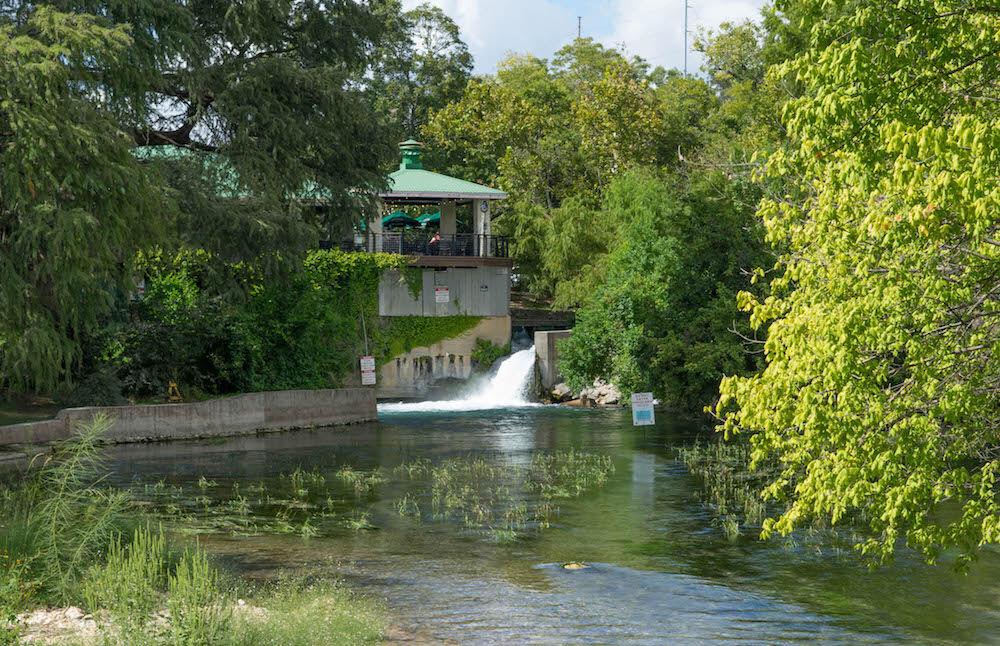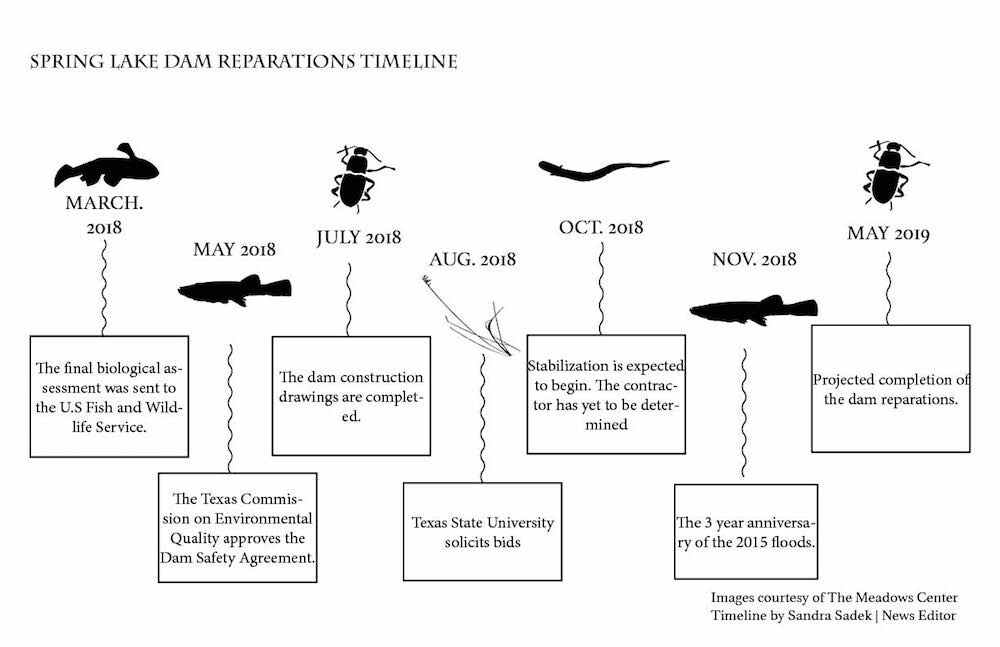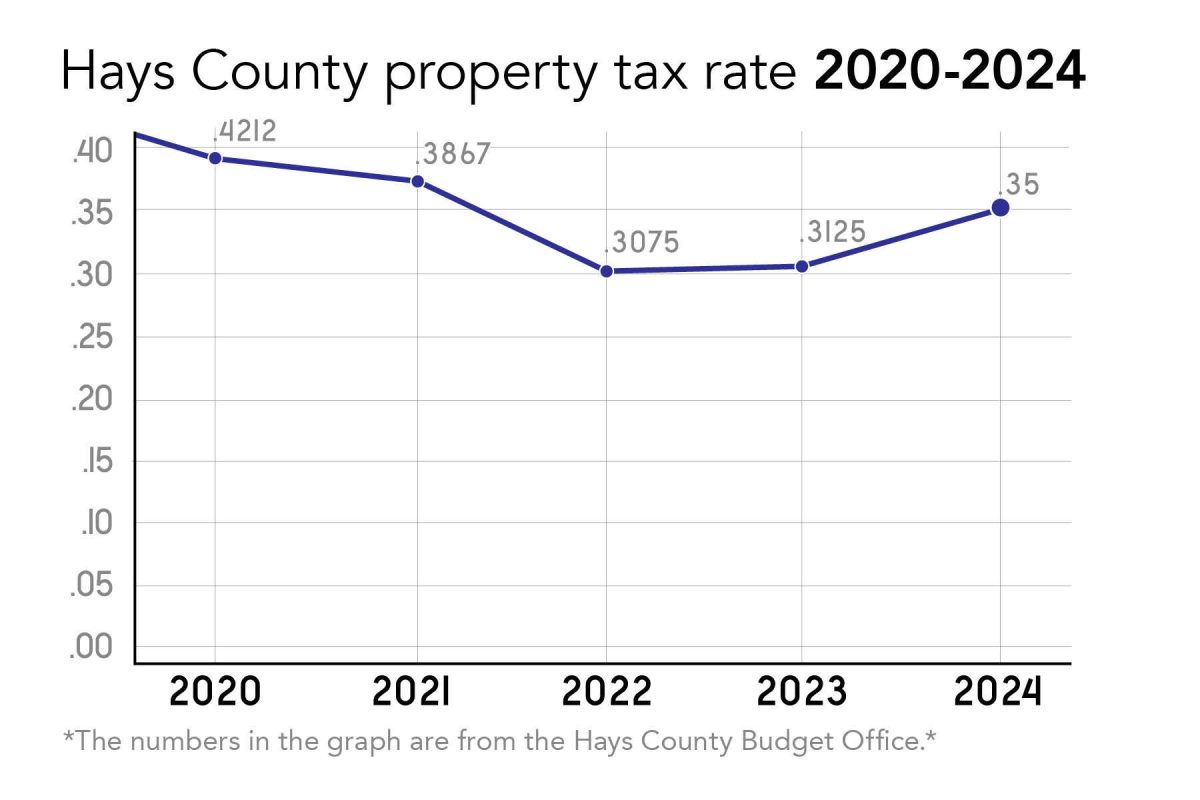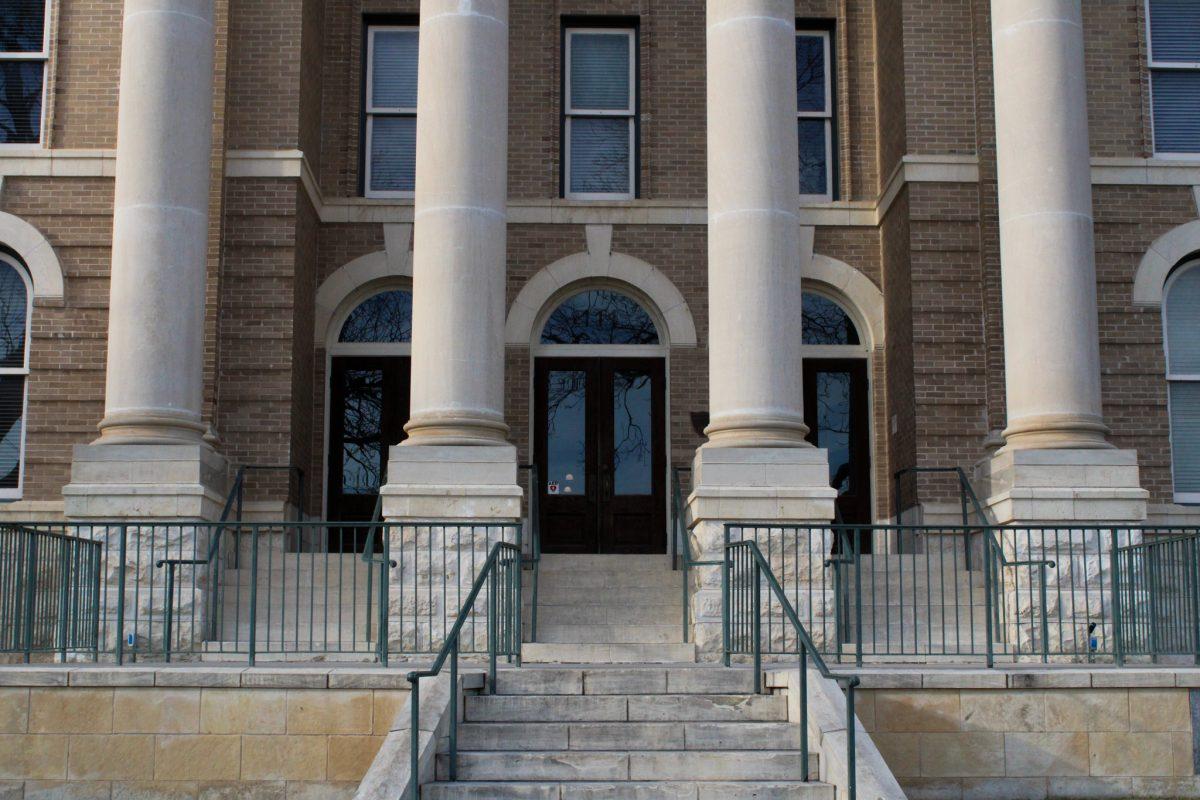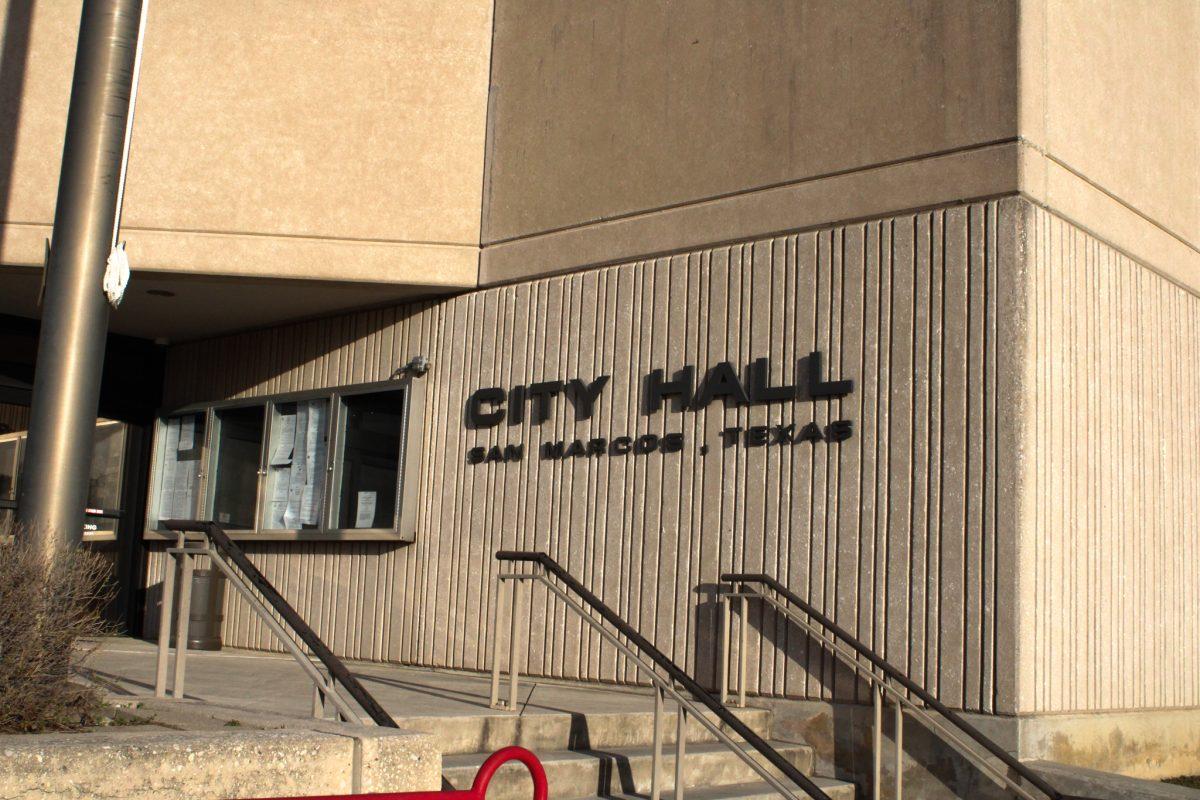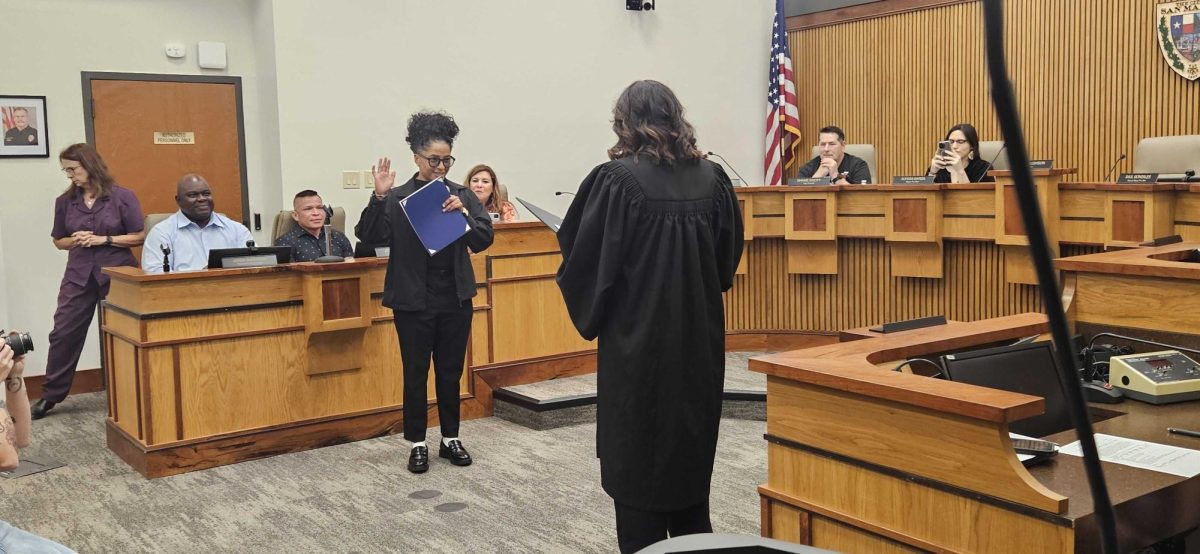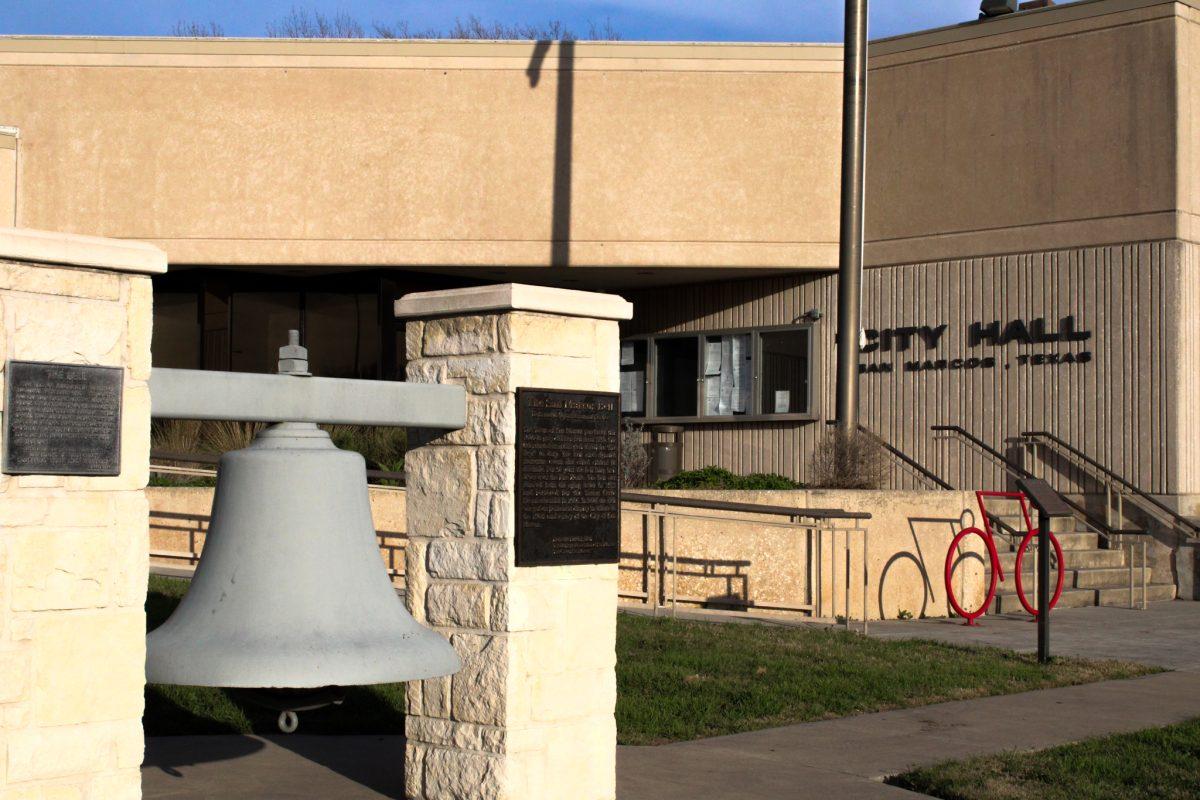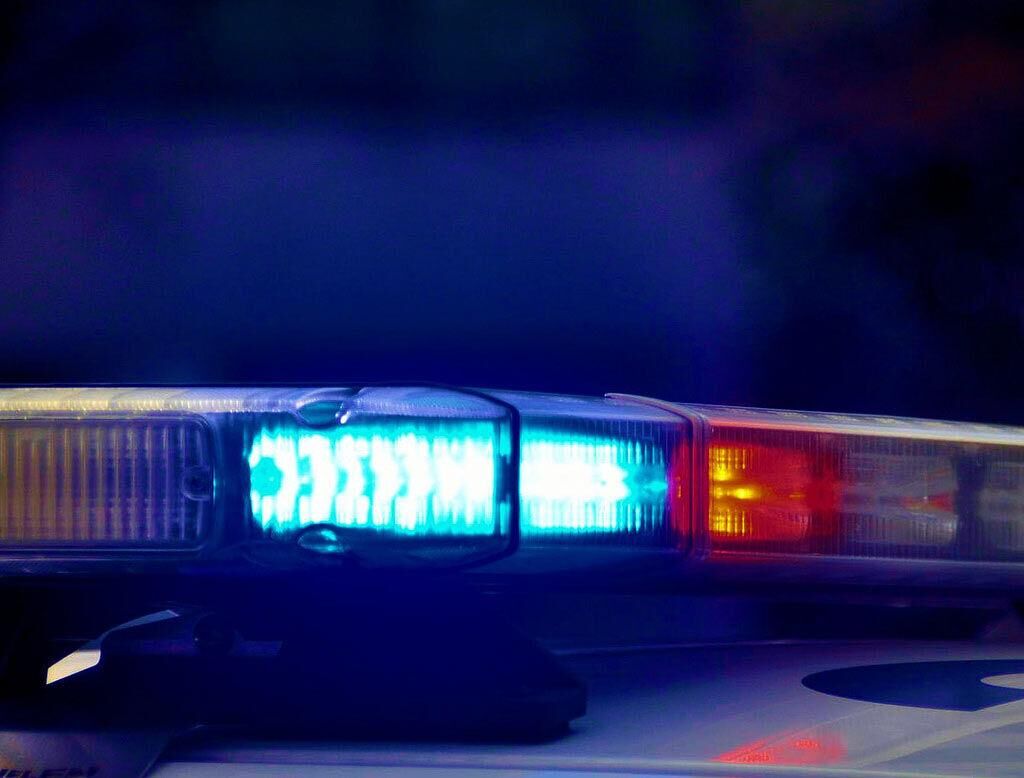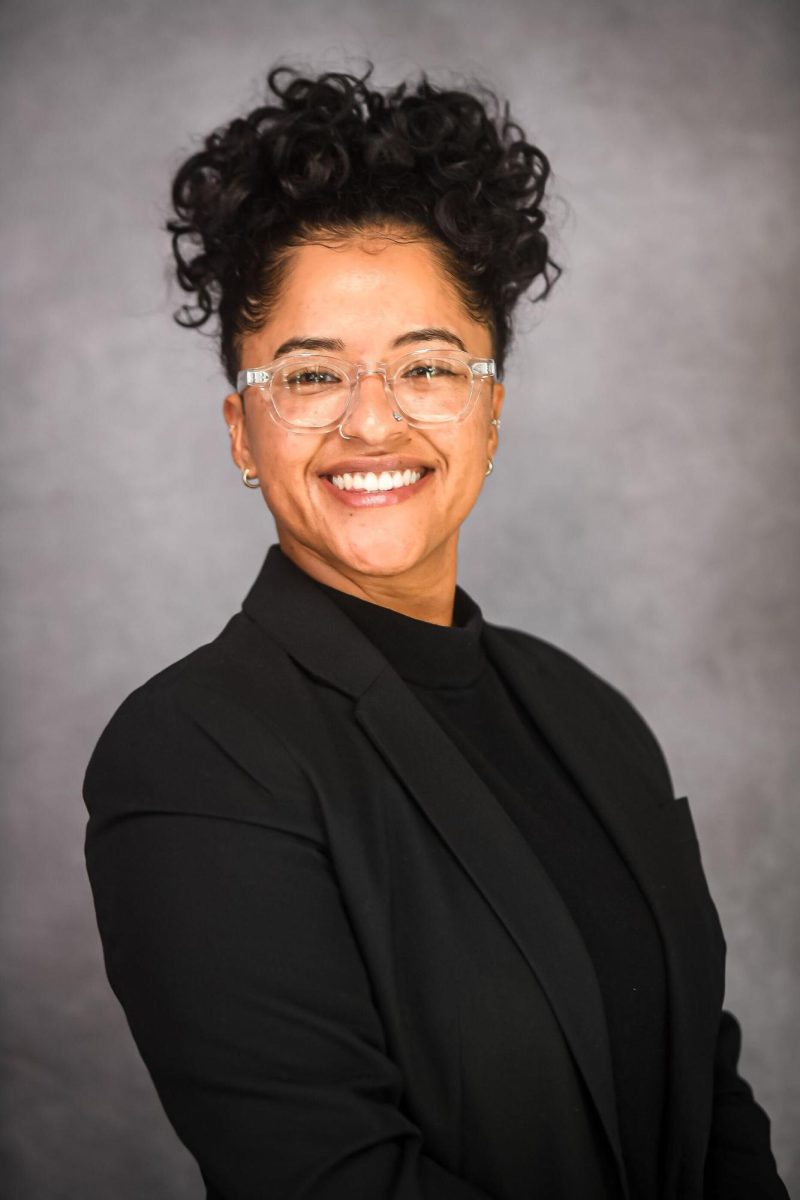Texas State is repairing the damaged Spring Lake Dam as a part of the Spring Lake Dam Stabilization Project to meet current state standards.
The dam, made of cedar posts and rocks, was constructed in 1849 and purchased by Texas State in 1994. Vice President of Finance and Support Services Eric Algoe, who oversees the department of facilities involved in the project, said the dam was last repaired with a concrete cap 10-15 years ago but suffered damages from floods in 2015 and is in need of repair. As part of the repair, the university plans to recap the top of the dam with concrete and add stones for additional support.
Involved in the Stabilization Project alongside Texas State is the U.S. Fish and Wildlife Service, the U.S. Army Corps of Engineers, the Federal Emergency Management Agency and the Texas Commission on Environmental Quality.
“With the floods of 2015, this entire area of San Marcos was under water for really the better part of two to three days,” Algoe said. “The dam itself was basically overtopped, or underwater, about six to eight feet for the better part of that period of time. As a result, and as a result of its overall age, there’s a need to do some repairs to the dam.”
The Spring Lake Dam Stabilization Project is supported by the Federal Emergency Management Agency Category B grant, which will fund 75 percent of the repairs for the dam. According to Thom Hardy, chief science officer at the Meadows Center for Water and the Environment, the remainder of the funds to stabilize the dam will come from Texas State’s operations fund, which is funded by the state’s higher education fund. The total budget is estimated to cost between $1-3 million but could change depending on the final design of the repaired dam.
“The project will involve recapping the entire crest of the dam and in particular, on the eastern side of the spillway, a lot more stone (is) being brought in to basically create more mass and to replace the stone that has been washed away over the years,” Algoe said. “This is a temporary stabilization project for 10 to 20 years to eliminate any immediate risks that the dam may pose.”
The project is projected to be completed in May 2019. Algoe and members of the Stabilization Project intend to return recreation to the lake, with this project as a stepping stone toward it. Will Holder, San Marcos resident and Texas State alumnus, said the return of recreation to the lake is the most important thing.
“I think what is best is to implement the temporary 10 to 20-year solution, and there’s probably a lot of momentum to work on the ultimate, long-term plan right now,” Holder said. “I’m not in favor of waiting 10 years and doing nothing in that time, so I am in favor of a temporary stabilization. I just think that the reality of it is let’s just fix the dam we’ve got and we’ll get a new dam later.”
According to Hardy, the temporary fix is intended to only stabilize Spring Lake Dam to meet the requirements for dam safety, and he said he is absolutely supportive of the dam undergoing repairs. There is a long-term design for the dam on the way.
“The exact engineering fix for a long-term solution is still being designed,” Hardy said. “We don’t know what that final design will look like, but the short-term fix is going to be there for [10-20 years] because this other process is going to take that long.”
The repairs to the dam were put on hold because of the endangered species living in Spring Lake. A recently completed biological assessment from the U.S. Fish and Wildlife Service has allowed the university to move forward with the repair.
“The biological assessment was submitted in November of 2017 and was kind of the last piece of the puzzle,” Algoe said. “The assessment was looking at all the endangered species and things in the water and making sure that the plan to do the repairs is not going to further harm any of those species.”
Mayor John Thomaides said citizen access to Spring Lake is also of utmost importance to him, and he supports the efforts of the dam’s stabilization project.
“[Spring Lake] is a favored spot of many of us, including me, and I’ve been meeting with Dr. Trauth and Mr. Algoe and the university team since I got elected for two years and asking them over and over when we can get this spot reopened to our citizens,” Thomaides said. “That’s been paramount to me, but they’ve been very clear that because of the safety implications and the damage to the dam, they had to take these prudent steps and unfortunately restrict some access for safety purposes. Although none of us want that, I think it has been a pretty reasonable path to take.”
The University Star will continue to update this story as more information becomes available.
Categories:
Spring Lake Dam to undergo repairs
October 2, 2018
0
Donate to The University Star
Your donation will support the student journalists of Texas State University. Your contribution will allow us to purchase equipment and cover our annual website hosting costs.
More to Discover


